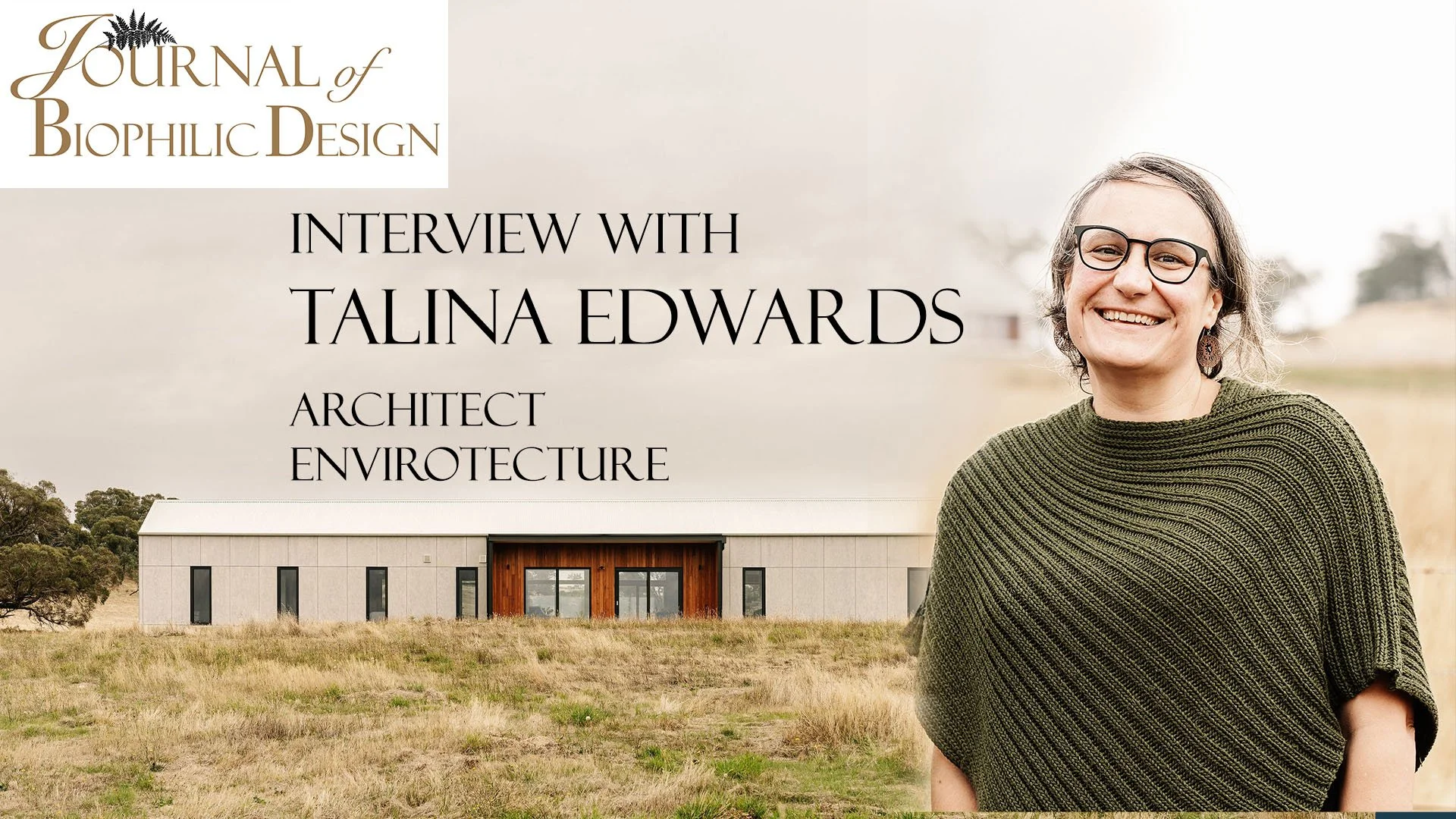How can we design our cities and towns that are not only sustainable but also help us flourish. In this podcast we explore the intersection between One Planet Living and Biophilic Design - two transformative approaches that reimagine our relationship with the natural world. Sue Riddlestone, co-founder of BioRegional, offers a compelling vision of how we can redesign our living spaces to harmonise with nature.
Sue tells us about what is in effect a beautiful living laboratory and case study, BedZED (Beddington Zero Energy Development), a groundbreaking eco-village that serves as a blueprint for sustainable living. Sue describes it as "probably the first large net zero development in the UK," featuring 100 homes, workspace, and a school that breathes life into the concept of nature-integrated design.
What makes BedZED extraordinary is its holistic approach. Sue recalls how residents could look out of windows and see green spaces, hear hedgehogs "snuffling and snorting," and experience nature as an integral part of daily life. The community didn't just design with nature - they actively enhanced it, with the residents' association continuing to plant and nurture the surrounding environment.
These principles of interconnection, which both One Planet Living and Biophilic Design share are fundamental principles that prioritise human connection with natural systems. Sue emphasises this critical perspective: "We are nature. We are part of nature." READ ON….




















